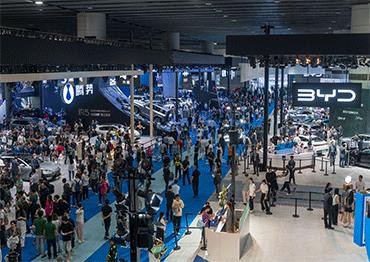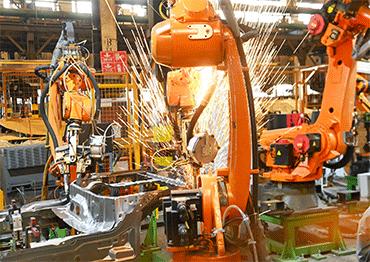On January 1, NIO launched a zero-interest loan plan for its EV models. The next day on January 2, Li Auto announced cash subsidies of 15,000 yuan ($2,087) per car purchase as well as a three-year zero-interest financing scheme. By the end of January, some 30 brands, including major players such as Changan, Chery and Geely have rolled out promotions.
Experts remain divided on the impact of price wars. For many, it is fierce dog-eat-dog competition, forming a vicious cycle that will drive down profits which will eventually undermine the foundation of the entire industry.
Wei Jianjun, chairman of Great Wall Motor from Hebei Province, one of China’s largest SUV manufacturers, has largely stayed out of the price wars over the past year and is known as a vocal critic of such tactics.
In an interview with State media China Central Television (CCTV), Wei highlighted that in their bid to secure market share, major automakers have adopted what he describes as a “self-destructive” strategy of sacrificing profits and even resorting to selling at a loss.
He warned the approach poses a significant threat to the health and sustainable development of the entire automotive industry. While consumers may appear to benefit from the ongoing price war in the short term, they will face service problems as many carmakers would go bankrupt in the coming year.
For others, it is the price wars that have driven China’s carmakers to make technological innovations and pushed China to be a world leader in the NEV market.
“As technology continues to advance and market competition intensifies, only automakers that consistently enhance their core competitiveness and adapt to market changes will be able to secure a place in the market,” Zhang Xiang, a researcher at the Automotive Industry Innovation Research Center of North China University of Technology told NewsChina.
China EV100 Secretary-General Zhang Yongwei believes the technological competition among Chinese carmakers, especially in the NEV sector, is far from over.
Zhang said that semi-solid-state batteries that offer higher energy intensity and faster charging times can be widely introduced to the market in 2025, with full solid-state battery technology ready for small-scale adoption in vehicles by 2027 or 2028.
CPCA Secretary Cui Dongshu thinks price wars will continue to be a major theme for China’s automobile industries, especially in the NEV market. Cui said that as production scales up significantly, per-unit costs could decline further, allowing more room for price cuts. Moreover, as the industry landscape among leading players remains unstable, price wars in 2025 will be exceptionally fierce.
In an internal letter sent to employees in early January that were made public later, He Xiaopeng, CEO of XPeng, a major NEV producer in China, said he expects the competition in 2025 will be “fiercer than ever.”
In a November interview with Singaporean newspaper The Straits Times, He said that among the fewer than 50 carmakers that still exist in China, only seven major car companies will be left within the next decade.
“The period from 2025 to 2027 marks the elimination round in the automotive industry,” He said in the internal letter.

 Old Version
Old Version

